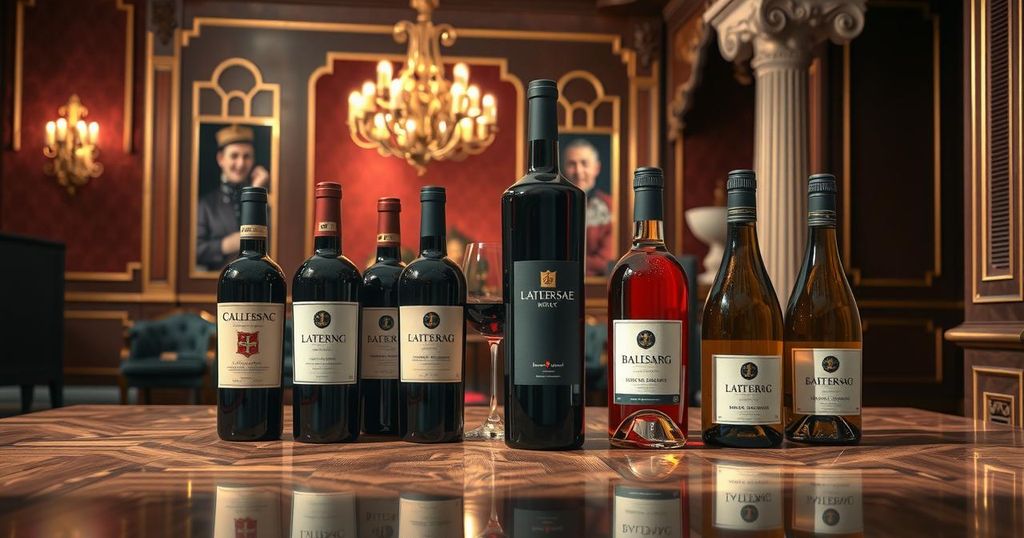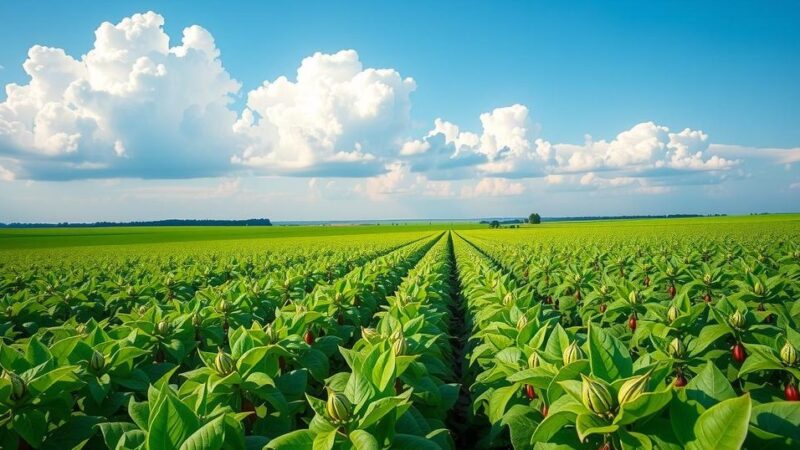The UAE is emerging as a vital player in the global wine market due to economic growth and tourism, with significant sales increases noted by key wine distributors. The suspension of a sales tax has boosted growth, but challenges loom with its reinstatement. Direct engagement and innovative retail approaches are essential for navigating the complex market landscape. Overall, the UAE’s evolving culture and consumer curiosity present substantial opportunities for wine brands.
The United Arab Emirates (UAE) is rapidly becoming a pivotal player in the global wine industry, driven by its economic expansion and rising tourism. This transformation reflects a narrative of luxury and fortune, contrasting sharply with stagnant conditions in Europe. The latest census indicates that Abu Dhabi’s population has surged to 3.8 million, marking an 83% increase since 2011, alongside a GDP growth of 4.5% in Q3 2024, highlighting the efficacy of diversification beyond oil revenues.
Tourism is central to this growth, with expatriates constituting a significant part of the workforce. This duality of strict cultural norms regarding alcohol and a booming wine market presents unique opportunities in the UAE. Key players in the wine trade, such as African + Eastern and MMI, report significant growth in sales and new opportunities as Dubai attracts increased tourist traffic and expands its hospitality sector.
Tony Dodds from MMI attributes their success to the inflow of new restaurants and hotels, while Matthew Castle of African + Eastern notes strong sales growth facilitates greater exploration of wine varieties. The recent suspension of a 30% sales tax has bolstered this growth, although the impending reinstatement suggests challenges ahead in 2025, making strategic pricing crucial for customer retention.
Wine brands like Penfolds view the UAE as a critical luxury market, forging strong partnerships with high-end venues. Direct engagement tactics, including personalized outreach and events, are being leveraged by wine producers to navigate the unique challenges of brand visibility within the UAE’s regulatory framework.
Despite competition, brands like Domaine des Tourelles, from Lebanon, have observed continuous demand due to cultural connections. Opportunities have arisen as Argentine wines also experience growth, indicating a broader interest in the region despite challenges in brand recognition and market saturation.
The Dubai wine scene mirrors certain aspects of London, characterized by a strong European expatriate demographic. Noteworthy establishments such as Jason Atherton’s City Social are expanding their offerings, enhancing the depth of wine selections available to consumers. Innovative approaches, including regular updates to wine lists and direct engagement with sommeliers, are essential for relevancy in a competitive environment.
Abu Dhabi’s wine market is noted for its diversity and engagement, showcasing different consumer trends compared to Dubai. Retail innovations, including home delivery services through The Bottle Store, reflect shifting consumer preferences towards convenience, while the demographic nuances shape wine consumption patterns significantly.
As the region cultivates a culture of learning about wines, retailers aim to enhance their platforms to improve consumer decision-making. This commitment to innovation positions the UAE as a promising market, offering lucrative opportunities for wine producers. Overall, despite the necessary navigational efforts within this complex landscape, the UAE wine market is poised for substantial future growth, ensuring its evolution continues to charm and allure.
In summary, the UAE is rapidly transforming into a significant hub for luxury wines, spurred by economic growth and increased tourism. The suspension of sales tax has catalyzed industry expansion, although upcoming tax reinstatements may pose challenges. Strengthening consumer engagement through direct interactions and innovative sales approaches will be critical for maintaining growth. As cultural dynamics evolve, the UAE represents a fertile landscape for wine brands seeking to explore new markets and consumer trends.
Original Source: www.thedrinksbusiness.com






